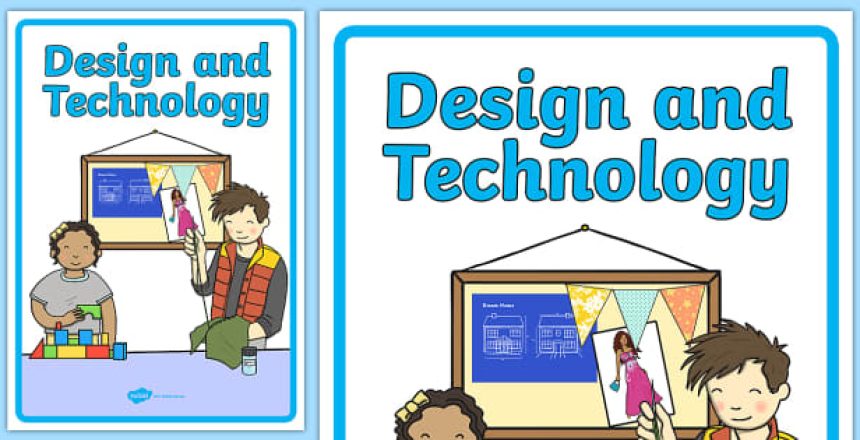The intersection of technology and book interaction design has been a hot topic in recent years. As technology continues to move forward, it affects the way books are designed and produced. In this blog post, we’ll explore how technology changes how books are designed, from the materials used in the production process to how readers interact with the text.
We will also discuss the potential implications of this disruption for the publishing industry and book lovers. Whether you’re an avid reader or a publisher, this post will give you a sense of the exciting new possibilities of book design and technology.
Technology has had a profound result on the way books are designed and produced today. From e-books and online publishing platforms to 3D printing and augmented reality applications, the intersection of technology and text design has pushed the boundaries of what was previously thought possible.
In this blog post, we’ll explore some exciting new advances in book design made possible by modern technology and how these innovations influence how readers experience books today.
A brief history of Books
Books have been around since ancient times, from design has evolved significantly over the centuries. From the first parchment scrolls of ancient civilizations to the printed books of the Middle Ages to the paperbacks and e-books of today, the evolution of books has been a fascinating journey.
The earliest known books were clay tablets with cuneiform writing, which appeared in Mesopotamia around 3200 BC. In the 1st century AD, parchment scrolls were used in the Roman Empire. In the 9th Century, the codex format (set of bound pages) became popular in Europe. This book form allowed for a more organized way of writing and reading.
In 1450, Johannes Gutenberg invented the printing press, which revolutionized book production. Books thus became more accessible and a part of everyday life by the end of the 16th Century. The invention of paper in the 19th Century further increased the availability of books as it was a cheaper and simpler material than vellum or vellum.
In recent years, technology has transformed book system design even further. With the advent of computers and digital printing, authors and publishers could create books with higher-quality images, layouts, and typefaces. Digital formats such as e-books have made books even more accessible, allowing readers to access them from anywhere.
At every stage of its development, the book’s design has been shaped by technology. What began thousands of years ago as a simple form of communication has grown into an industry that spans the globe and revolutionized technology.
How technology has changed book design
With the introduction of new technologies, book design has evolved significantly. In the past, the book design process was a manual process that often involved using a printing press, special tools, and materials. With the invention of computers and digital technology, book design has become more efficient and cost-effective.
Computer programs now allow professional book designers to work faster and more accurately. Instead of designing a book from scratch by hand, book designers can now use specialized software programs to create layouts quickly and easily. Using these software programs; designers can quickly make the perfect book layout with just a few clicks of the mouse.
Technology has also opened up a world of book page design possibilities. Digital print-on-demand (POD) services offer affordable options for printing books in small quantities, making it easier for authors to produce their books. In addition, self-publishing services such as Kindle Direct Publishing (KDP) allow authors to reach a wider audience by publishing e-books.
In addition to streamlining the production process, technology has made it easier for authors and publishers to reach new readers. Social media apps like Facebook, Twitter, and Instagram have made promoting books easy and engage potential readers. Book marketing tools such as email campaigns and pay-per-click (PPC) advertising have allowed authors and publishers to target specific audiences with their marketing efforts.
Technology has profoundly impacted the world of book design, facilitating the production of high-quality books in less time. Technology has allowed authors and publishers to reach a wider audience, helping to expand the potential reach of readers. As technology continues to evolve, we can expect more innovations in digital book design in the future.
The Future of Books
Thanks to technology, the publishing industry has dramatically changed how books are designed and produced. Technology will likely play a more significant role in book design and production in the coming years. Technology can help publishers create more complex designs, create interactive and multimedia content, and make books more accessible to readers of all types.
One example of technology that could be used in book design is augmented reality (AR). This technology uses computer-generated images to complement the traditional printed page, allowing readers to interact with content in a new way. For example, AR can enhance illustrations in a book, allowing readers to see animations or three-dimensional objects when viewed through their phones. This could open up a new world of possibilities for authors and publishers, allowing for more creative and immersive stories.
Another potential use of technology for books is the development of e-books or digital versions. E-books offer convenience, portability, and access to content anywhere, anytime. As digital publishing platforms become more advanced, they will likely include multimedia content, interactive elements, and more features.
In addition, there is a growing curiosity about audiobooks, which are gaining popularity due to their convenience and portability. Audiobooks allow people to read books on the go or while doing other tasks. With the advent of voice-activated devices, audiobooks are becoming increasingly popular because readers can listen to them hands-free.
The future of books is sure to be exciting and enjoyable. With the help of technology, publishers and authors will have even more opportunities to create content that can engage readers in different ways. The possibilities are endless, and it will be interesting to see how technology continues to shape the future of book design.
